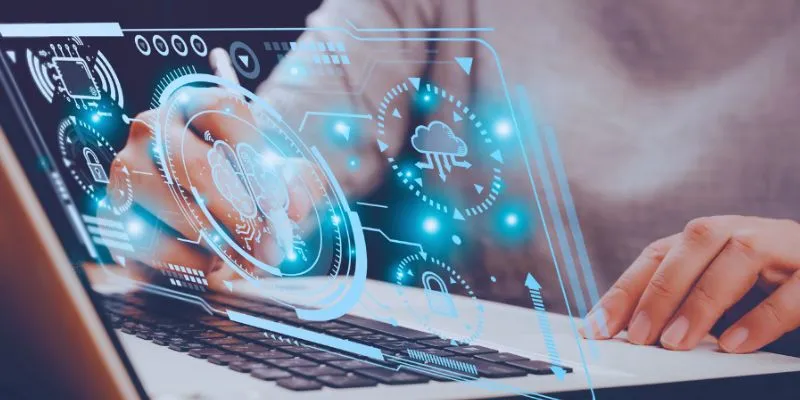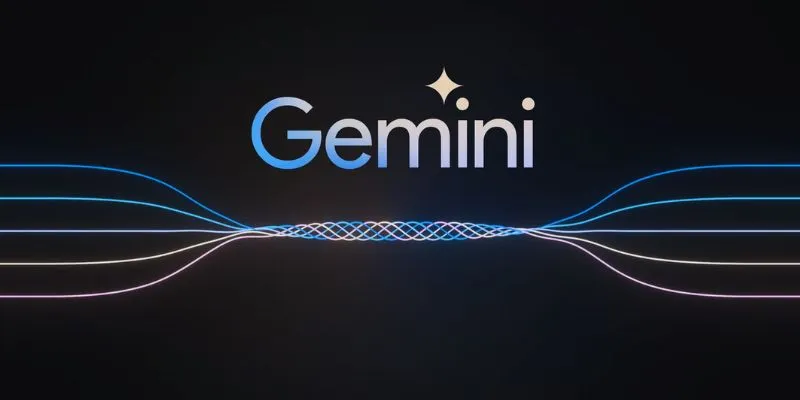Agriculture has always required skill, experience, and timing. Traditionally, farmers relied on observation and intuition to manage crops and increase yields. However, with changing weather patterns, pests, and soil conditions, farming often became uncertain. Today, artificial intelligence (AI) is transforming agriculture by replacing guesswork with data-driven precision.
AI in agriculture uses real-time data, sensors, and predictive analytics to help farmers monitor crops, manage resources, and predict harvests with greater accuracy. AI-powered crop monitoring and yield prediction enable smarter decisions, reduced waste, and enhanced efficiency, marking a shift from routine farming to a more scientific, technology-driven approach.
The Role of AI in Crop Monitoring
In the past, crop monitoring involved walking the fields, feeling the soil, and spotting problems with the naked eye. While these traditional skills still hold value, AI in agriculture has revolutionized how farmers oversee their crops. Instead of relying solely on experience, they now have smart technology working alongside them, scanning fields from above and below.
Drones equipped with AI-powered cameras glide over farmland, capturing high- resolution images that reveal what the human eye might miss. Machine learning tools analyze these images in real time, spotting early signs of pests, diseases, or nutrient problems long before they become serious. Quick action by the farmer means treating only infected sections, saving money and resources.
Satellite technology adds another layer of information. High-tech sensors monitor variations in color, moisture, and plant cover across large tracts of land. Even a slight change can trigger an alert from an AI system, providing farmers with detailed insights into the well-being of every part of their land.
AI in crop monitoring doesn’t stop at the surface. Soil sensors discreetly gather subsurface data, such as moisture levels, nutrients, and pH balance, feeding it into AI models that provide tailored guidance on irrigation and fertilization.
AI-powered weather forecasting is also a game-changer. By analyzing live weather data, these systems predict rainfall, temperature shifts, and humidity, helping farmers plan for the future. Ultimately, AI in agriculture isn’t just about automation; it’s about giving farmers a clearer, smarter view of their land, down to the smallest detail.
Yield Prediction Using AI
Predicting crop yield used to be part science, part gamble. Farmers estimated based on experience, rainfall, and visible crop health. However, AI has transformed this process by providing highly accurate yield forecasts long before harvest.

Yield prediction models estimate output using satellite imagery, soil data, weather patterns, and historical crop performance. These models continuously learn and adjust as new data arrives, improving prediction accuracy over time. For example, if a specific field area is prone to waterlogging, the AI system considers this when calculating the yield for that area.
AI in agriculture also employs machine learning algorithms to analyze plant growth stages. Factors like leaf size, stem thickness, and flower formation are compared against optimal growth standards. If any field area lags, farmers can act early to correct the problem, whether by adjusting nutrients or increasing irrigation.
AI-based yield prediction benefits not only farmers but also the entire supply chain. Agribusiness companies, distributors, and retailers can plan better by knowing how much produce to expect from a region. This minimizes storage costs, transportation issues, and even market price fluctuations.
An intriguing aspect is the integration of AI with farm management software. Farmers can access detailed reports on expected yield, broken down by crop type and field location, allowing them to plan labor needs, storage facilities, and sales strategy well before the harvest season begins.
Benefits of AI for Farmers and the Environment
AI in agriculture offers more than higher crop yields; it promotes sustainable and efficient farming. With AI-powered crop monitoring and yield prediction, farmers manage resources precisely. Instead of treating entire fields uniformly, AI identifies specific areas needing care. This targeted approach reduces chemical use, lowers costs, and minimizes environmental impact, supporting eco-friendly farming practices.
Water conservation is another significant advantage. AI tools monitor soil moisture in real-time, ensuring crops receive only the necessary amount of water. This reduces waste and is especially valuable in drought-prone regions.
Accurate yield prediction helps minimize food waste. By forecasting harvest volumes more precisely, farmers can better plan their planting schedules and market supply, avoiding overproduction and spoilage.
AI also contributes to lowering carbon emissions. With advanced monitoring tools, farmers can reduce machinery use for field inspections, saving fuel and preserving soil quality.
Importantly, AI technology is becoming accessible to small farmers through affordable apps and smart devices. This levels the playing field, allowing smaller agricultural operations to compete more effectively in the market. Ultimately, AI in agriculture promotes smarter, greener, and more sustainable farming practices.
The Future of AI in Agriculture
The future of AI in agriculture looks promising, bringing smarter solutions to farming challenges. Soon, farmers will use smartphone cameras for real-time plant health checks, instantly identifying diseases and receiving treatment advice.

Predictive maintenance will prevent equipment failures, saving time and costs. AI will also drive precision breeding, creating crops resistant to drought, pests, and disease, which is crucial in a changing climate. Robotics powered by AI may handle planting, irrigation, and harvesting with little human effort, working around the clock.
However, data privacy and limited technology access in rural areas must be addressed for fair adoption. Despite these challenges, the path forward is clear. AI in agriculture will play a key role in ensuring sustainable farming, higher crop yields, and global food security in the years ahead.
Conclusion
AI in agriculture is quietly revolutionizing farming, offering precision where guesswork once ruled. With advanced crop monitoring and yield prediction, farmers can make smarter choices, conserve resources, and improve productivity. This technology isn’t about replacing tradition; it’s about enhancing it with real-time insights and data-driven planning. As challenges like climate change and food demand grow, AI in agriculture stands ready to support sustainable farming, helping farmers feed the world while protecting the land for future generations.
 zfn9
zfn9























